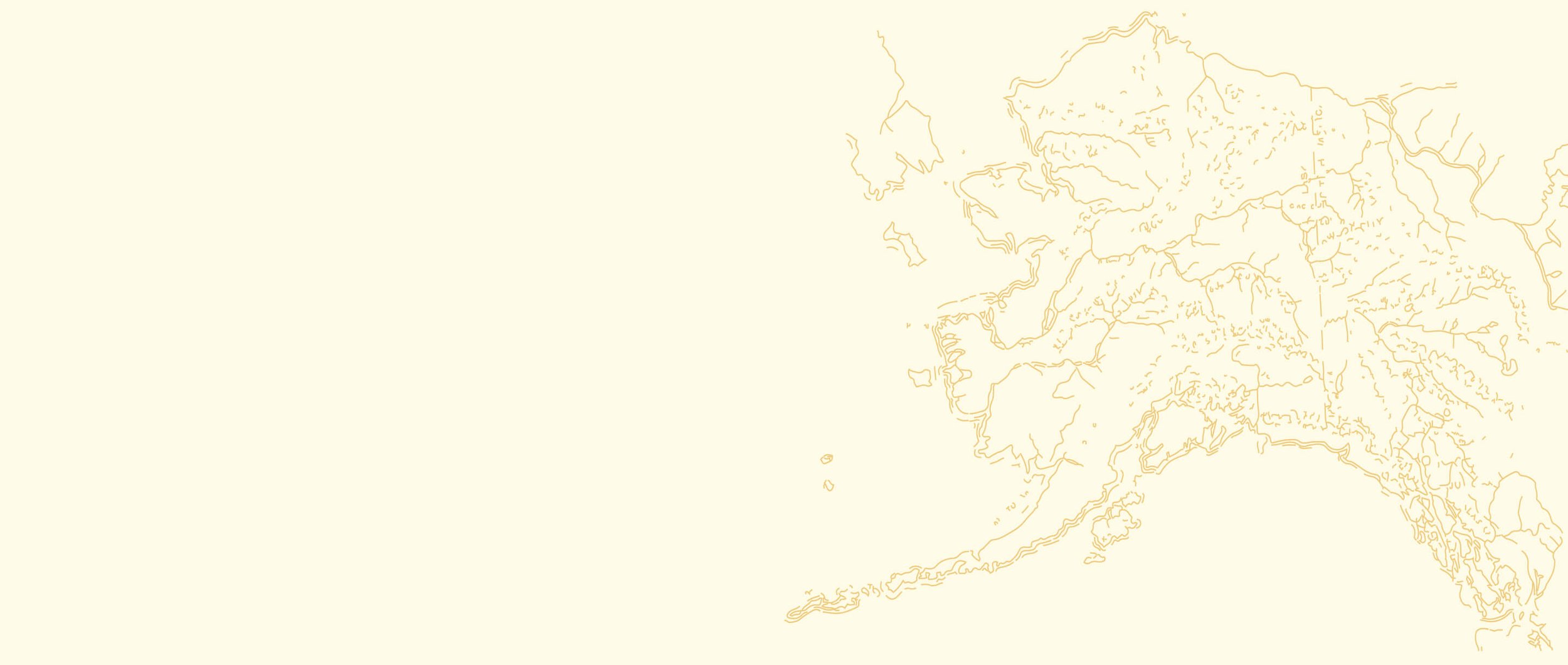
HISTORY
MISSIONARIES
The Indigenous peoples had to deal with more Euro-Americans than just the fur traders, explorers, and scientists. Around the same time that the fur trade was expanding in the North and other adventurers were starting to explore the area, the first missionaries also arrived. But unlike the traders and explorers, who didn’t try to alter the Indigenous way of life, the missionaries tried very hard to change the traditional beliefs and behaviours of the Indigenous peoples.
Early Missionaries
During the 19th century, the Anglican Church and the Roman Catholic Church both sent missionaries to the North, racing each other to see who could get there first. Reverend William West Kirkby of the Anglican Church ended up being the first to arrive. He got to Fort Yukon in 1861, travelling there with the Hudson’s Bay Company traders. Father Seguin, who had been sent by the Roman Catholic Church, also accompanied the fur traders for a little while, but they didn’t like him.
Kirkby didn’t stay at Fort Yukon permanently. He was only there for a week, but that was enough time to set up a mission. The next year, in 1862, Kirkby’s friend Robert McDonald arrived to work at the mission permanently. McDonald put in a lot of time and effort to gain the support of the local Gwich’in people.
He tried to learn their language and actually figured out a way to write it down using the English alphabet. He translated parts of the Bible, along with many hymns and prayers, so the Gwich’in could learn to read them. This was the first time the Gwich’in language had ever been written down, and it gave the Gwich’in people the chance to learn how to read and write their own language. McDonald respected the Indigenous ways of life and tried to integrate Christianity into their culture, rather than demanding that they abandon their own values.
The Indigenous people were wary of the missionaries at first, but many of them did end up becoming active in the Christian church. However, that didn’t mean they gave up their traditional worldviews. Their own religion was deeply spiritual, and it taught them how to maintain harmony with each other and the natural world, as well as how to heal people who were sick. Christianity didn’t mention these topics, so it was easy enough to blend the two religions together.
In 1864 McDonald became sick with influenza and had to leave his post. The church sent William Carpenter Bompas to replace him in 1865 until McDonald recovered and was able to return. Bompas wanted to stay in the North and continue his work, so he ended up travelling between Yukon and the Northwest Territories, spreading the word of Christianity, for the next 40 years.
William Carpenter Bompas, also known as Bishop Bompas.
Source: Mockridge, C.H. 1896. William Carpenter Bompas. F.N.W Brown: Toronto.
“Missionaries are members of religious groups who are sent to a certain area to promote their faith and sometimes to provide other services like education and health care.”
He and his wife Charlotte built schools around Yukon, where they taught religion and European values to the Indigenous people. The last school Bompas built was in the small community of Carcross, Yukon. That school later became the Chooutla Indian Residential School which was operated by the Anglican Church from 1911 to 1969.
Residential Schools
From the late 1800s to the 1990s, over 150,000 First Nations, Inuit, and Métis children were required to attend Indian Residential Schools. These were boarding schools operated by Christian churches and funded by the Canadian government. Children were forcibly taken from their families and placed in these schools.
Children weren’t allowed to speak their own language or practice their own culture at these schools, and were punished for doing so. They were taught that the only acceptable Canadian culture was the “dominant” (most common) European culture. The schools were often overcrowded and didn’t have enough money to provide proper food or clothes for the children. Infectious diseases like tuberculosis spread quickly within the schools, and ended up being fatal for kids who were already weak from lack of food. Many of the children were also physically, emotionally, and sexually abused.
The Chooutla Indian Residential School in Carcross, Yukon.
Source: Chooutla Indian Residential School, Carcross. Circa 1967-1968. Edward Bullen Collection. Yukon Archives.
The Indian Residential School System had severe impacts on Indigenous children. By taking them from their families and depriving them of their ancestral languages and traditions, many Indigenous practices and beliefs that were typically passed down from one generation to the next have been lost. Today, Indigenous communities still struggle with the legacy of trauma that these schools caused.
Residential schools operated in every province and territory except New Brunswick and Prince Edward Island. The last one closed in 1997. Religious communities started apologizing for their roles in the residential school system in the late 1980s. In 2008, the government established the Truth and Reconciliation Commission to determine the lasting impacts of the residential schools. In 2015, the Commission published a report that included the stories of residential school Survivors. It also included 94 “calls to action” which are meant to help improve the relationship between the Canadian government and Indigenous peoples.
“Carcross used to be known as Caribou Crossing, until it was shortened to Carcross in 1904 after several mail mix-ups with the Cariboo Regional District in British Columbia. Today the headquarters of the Carcross/Tagish First Nation is in Carcross. Kate Carmack (Shaaw Tláa), Skookum Jim (Keish), and Dawson Charlie (K̲áa Goox̱), who made the great discovery that led to the Klondike Gold Rush, were members of the Tagish First Nation.”

